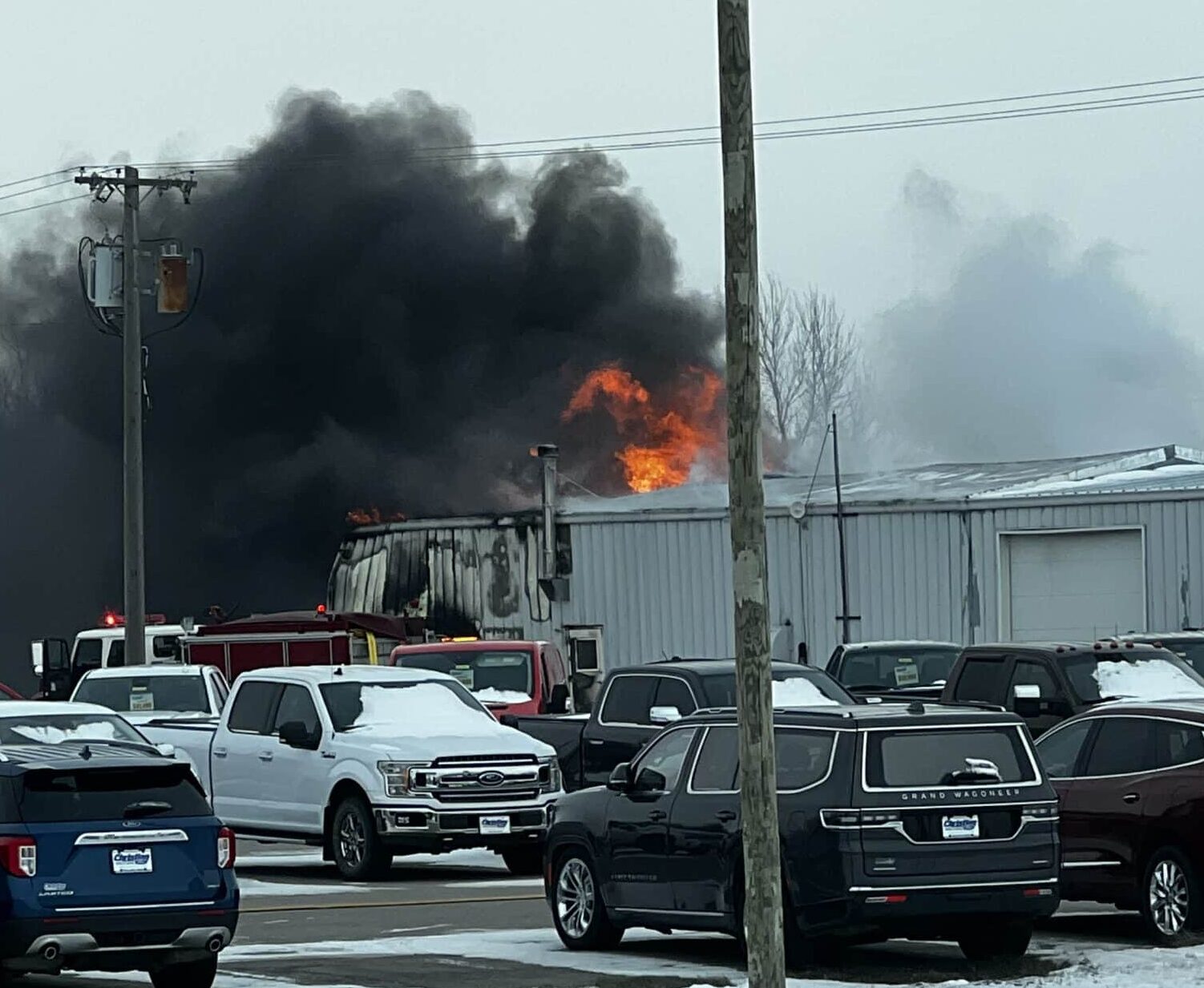according to the Minnesota Department of Natural Resources, the abnormally dry to drought conditions occurring across Minnesota are creating challenging conditions for people trying to get their boats into or out of the water at public boat launches.
When water levels drop during extended dry periods, the concrete ramps at boat launches may no longer reach all the way into the water and hazards such as prop-wash holes can become more problematic.
Prop-wash holes are caused by “power-loading” the boat onto the trailer instead of using the preferred method of cranking it on the trailer by winch. When water levels are low, people are more likely to back their trailer past the ramp’s end and into a prop-wash hole if one is present.
“It can be pretty difficult to get a trailer unstuck from a hole like that,” said Nancy Stewart, DNR water recreation consultant. “And just beyond the prop-wash hole, there’s often a mound of material that boats may get stuck on after launching, preventing them from getting to deeper water.”
Extending ramps can help in some places, but not when shallow water persists beyond the boat ramp. Stewart offers the following tips for launching boats in low water conditions:
- Check the ramp, especially the firmness of the gravel at the ramp’s end, and the water depth.
- Visit an alternative access site, or a different lake or river altogether, if water levels are too low to safely launch your boat.
- Watch for obstructions in the lake, like large boulders or tree stumps.
- Expect delays at public boat launches and be patient with boaters who are having difficulty launching. You can also #BeGoodNatured and offer assistance.
Visit the DNR website for boat launching maps and information on power loading.





